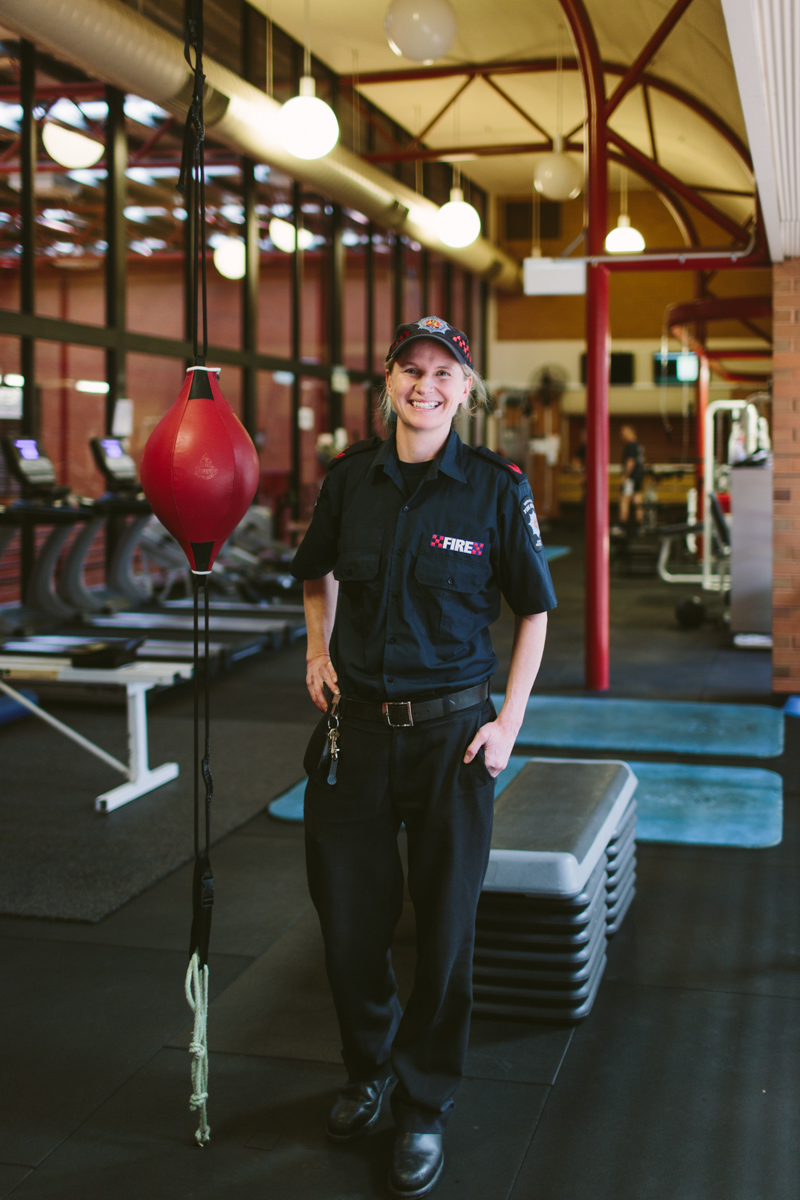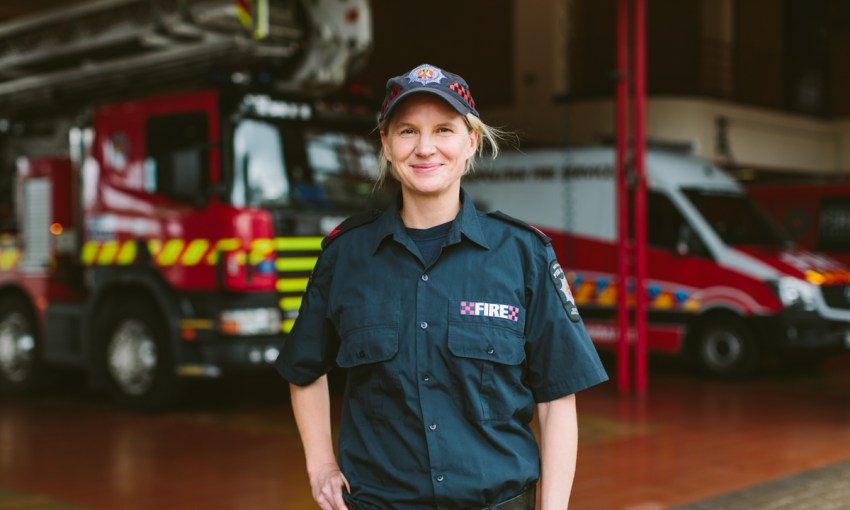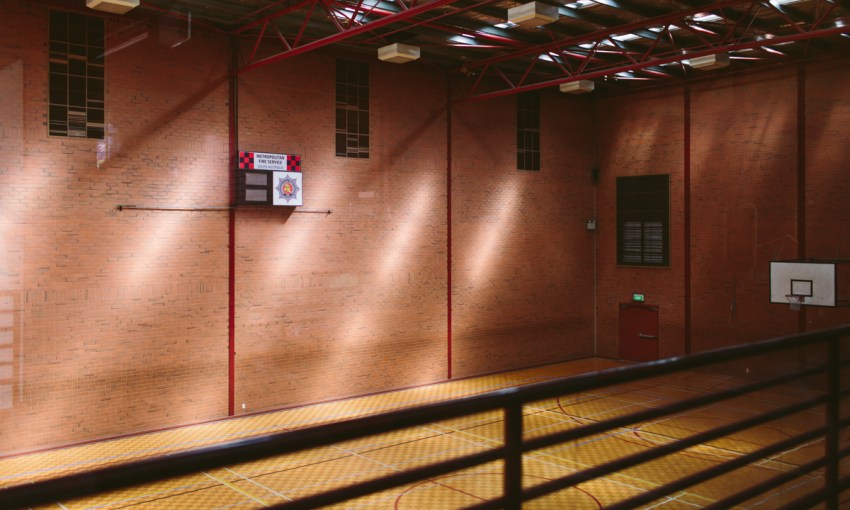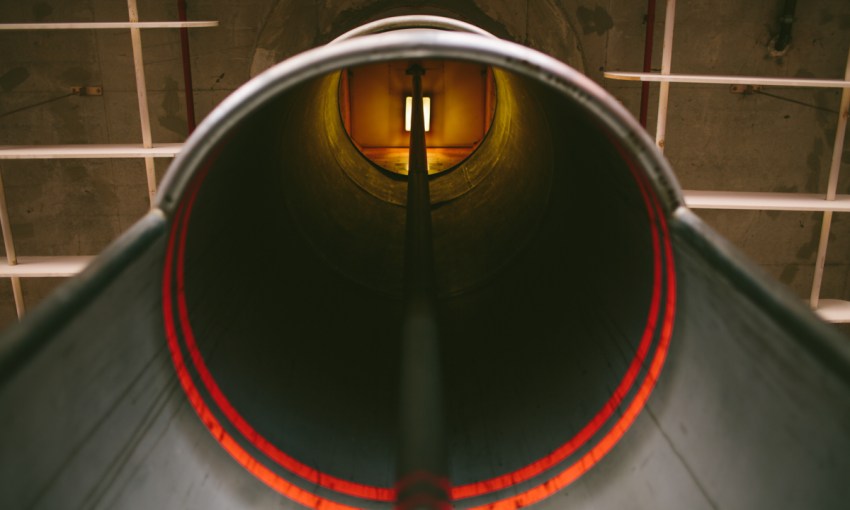Jo-Anna Kenney has found working as a firefighter to be just as physical, but far more community-oriented and far less predictable than she had ever imagined.
How to be a firefighter
Ever since Fireman Sam began (and probably even before) the children of successive generations have been enamoured with the idea of becoming firefighters – the loveable, uncomplicated heroes of the emergency services world.
But the reality of firefighting, particularly in the harsh and fire-prone climate of Australia, is a little different from what’s conveyed in the homely Welsh cartoon.
When Jo-Anna Kenney began thinking about joining the Metropolitan Fire Service (MFS), one of the first things she learnt was that recruitment is a tough process.
“I failed the first time,” she says of the physical test, which has two stages and requires an applicant to perform a running trial (which Jo passed) and then advance to working through 11 tasks that replicate real-life firefighting situations.
“Firies is really competitive and it’s common for people to take more than one go,” says Jo.
“But I got in a year later and I think I grew a lot in that year. I was 27 when I got in, and it just gave me another year to research the job and work out what I was getting into.”
In the intervening year Jo trained with another potential recruit – “We were dragging each other along the beach to practice the casualty test, wearing all our winter coats to simulate the heavy gear” – and the learning curve continued once she made it past selection.
Coming from a career in sports administration and a background in team sports, Jo was ready for the co-operative and physical aspects of the job – what surprised her as she went through the 14 weeks of recruit training was its breadth.

Jo wearing her colours on her sleeve
“Of course I was aware that you would need to run a pump to get water and put out fires, but it still surprises me now the variety of things we get called out to,” she says.
“We’re not just here to keep people safe, it’s also about making sure the environment is looked after as well, so if there’s spills of different chemicals – we go and contain it and make sure it’s cleaned up.
“And animal rescues – we’re involved in that more than people realise. And you know, if we arrive first on scene for an accident or anything, we start administering first aid.”
Community education is another big part of the job, as is heading out to schools to teach kids fire safety. But of course, danger is part of it too.
Now 35, Jo thinks about that aspect of the job more than she ever did when she was a recruit in her late 20s.
“I remember being in the recruits, I just wanted to do my job and be part of the team,” says Jo. “But now I want to take a step back and think about looking after myself and my team as well as the people we’re helping.
“It’s about assessing the risk, knowing your training and the gear you wear, and being really proficient at putting it on and doing everything properly.”
There are other parts of the job that don’t come as a surprise too – the annual SA Firefighters Calendar is a dependable staple of the job, although Jo hasn’t been game to feature yet.

Jo-Anna Kenney in the gym at the Wakefield Street fire station, where she is based
And, of course – there’s always the firefighter’s pole. The Adelaide MFS Wakefield Street facility is one of the few fire stations that still have one for Jo and her colleagues to slide down when an emergency calls – something that no doubt connects the real world of firefighting to what they had dreamed about as kids.










